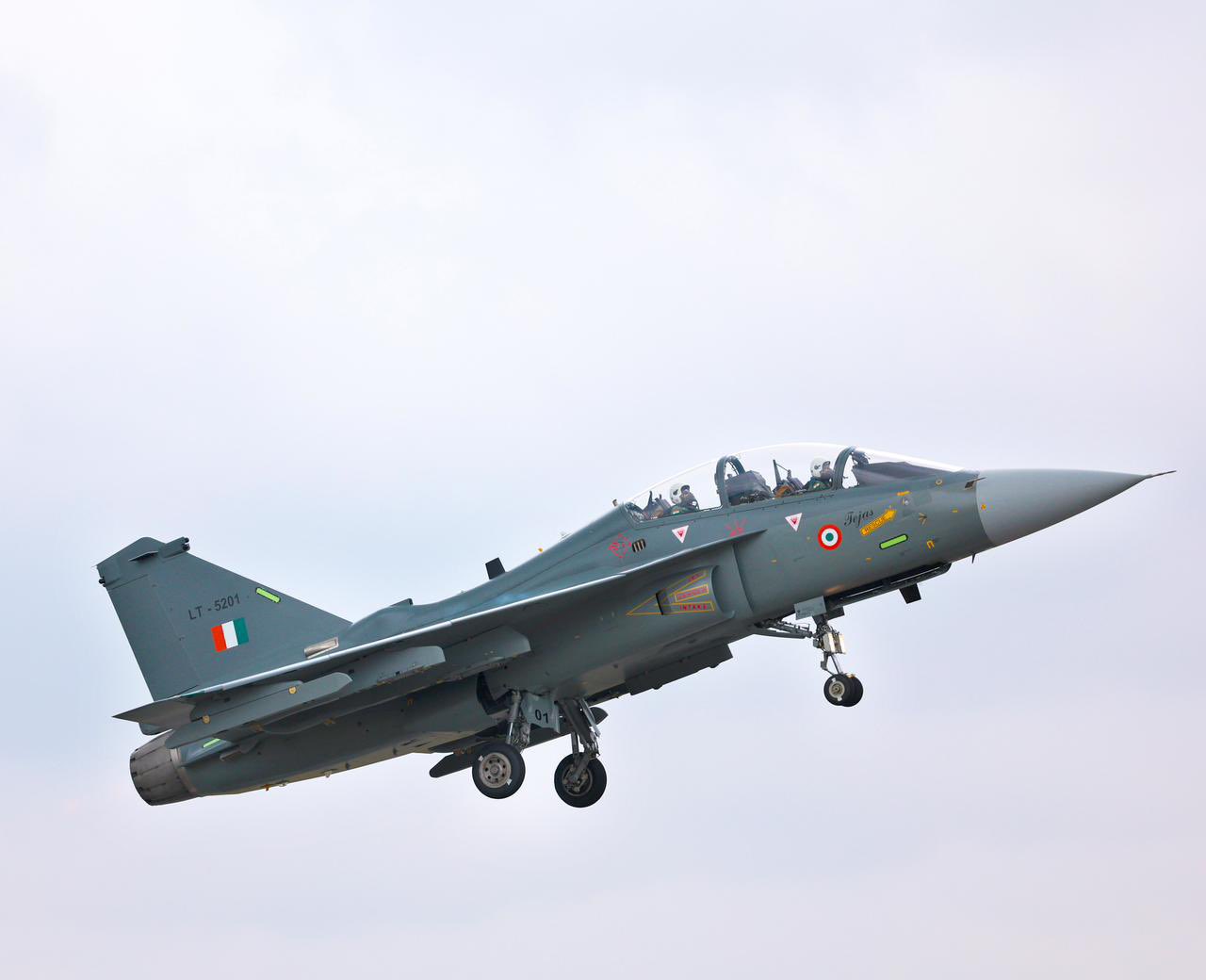France recently declared that it would begin sending roughly 50 HAMMER precision-guided bombs—which have also been delivered to India—to the Ukrainian military every month to strengthen Ukraine’s offensive capabilities against Russia.
The Ukrainian Air Force would benefit from a fresh supply of these French-made bombs every month, as it would enable it to target Russian forces at a greater distance and lower the danger to its pilots and planes.
The announcement comes at a time when Ukraine has been pleading with its partners in the West to ramp up military supplies in the wake of intensifying Russian aerial strikes. The French decision also follows the NATO pledge earlier this month of providing the country with major military, economic, and humanitarian aid.
The delivery of these precision weapons will start this month and will likely continue till the end of the year. Furthermore, Lecornu said a minimum of 40 additional SCALP-EG air-launched cruise missiles would be arriving in Ukraine. He also stated that France would increase monthly shipments of critically needed 155mm artillery munitions from 2,000 to 3,000.
Furthermore, Lecornu said an additional 40 SCALP-EG air-launched cruise missiles would be arriving in Ukraine. Moreover, he declared that France would increase monthly shipments of critically needed 155mm artillery munitions from 2,000 to 3,000.
The French decision is significant because previous reports have indicated that Russian fighter jets use between 130 and 1500 kilograms of UMPC-equipped glide bombs. The use of glide bombs by Russia has reportedly caused panic among Ukrainian troops, who are known to have retreated from the frontline immediately after they took positions.
Although the HAMMER is a reasonably old weapon, it has remained relevant. For instance, the Indian Air Force (IAF) also ordered the HAMMER missiles from Safran in 2020, which reportedly integrated into the upgraded Mk1A variant of the indigenously developed ‘Tejas’ Light Combat Aircraft (LCA).

At the time, government sources said the HAMMER would “significantly enhance its [Indian Air Force’s] capability to take out hardened targets from stand-off distances.” Furthermore, it noted that the “HAMMERs would allow India to take out any bunkers or hardened shelters in any terrain including mountainous locations such as eastern Ladakh.”
The Rafale aircraft acquired by the IAF can already fire the HAMMERS. Notably, the IAF opted for these munitions in addition to the Meteor long-range air-to-air missile and the Scalp stealth cruise missile it used to arm the Rafale.
However, it is ironic that the HAMMERS would demonstrate their combat prowess in Ukraine before they could do so in India. It is likely, thus, that the Indian military, as well as its adversaries across the border, would keenly watch how the munition performs against Russian targets.
HAMMER is an acronym for Highly Agile Modular Munition Extended Range. The essential 500-pound HAMMER has a standoff range of around 70 kilometers, comparable to the winged Joint Direct Attack Munition-Extended Range bombs, or JDAM-ERs, that the United States has already armed Ukraine with.
Like the JDAM-ER, Hammer is more akin to a modification kit for already-existing dumb bombs. Wing kits transform straightforward free-falling bombs into guided munitions, increasing accuracy by allowing the bomb to change its trajectory as it gets closer to the target with the aid of a GPS. According to Safran, the HAMMER ”adds a propulsion kit and a choice of guidance kits to standard bombs.”
Using these bombs would allow a fighter aircraft to fire them without entering the range of adversary air defense systems. And while the HAMMER has been projected to have eerie similarities with the JDAM-ER already used by the Ukrainian air force, the French munition will give Kyiv some distinct advantages.
HAMMERS For Ukraine!
The AASM HAMMER is a weapon that may be customized with multiple guidance systems, including laser, infrared seeker, and satellite guidance. Safran claims that the AASM HAMMER can be fired from 20 to 70 kilometers, allowing the launch aircraft to remain outside the enemy’s air defense system.
A NATO-standard 500-pound or 250-kilogram class iron bomb is attached to a range-extension kit (REK) positioned on the tail and a guidance section mounted on the nose in the baseline model of HAMMER bombs.
One component of the range expansion segment is a solid-fuel rocket. According to Safran, this offers the 500-pound/250-kg class version a range of at least 43 miles or 70 kilometers, if not more, depending on the release envelope; however, more on that later. If desired, hammer munitions can also be used in an unpowered mode with a much shorter range.
Additionally, hammer kits have been designed to be used in conjunction with bombs weighing 100 kilograms, 500 kilograms, and 1,000 kilograms. According to Safran, HAMMERS may be configured to use general-purpose high-explosive and bunker-buster-type bombs.

In 2008, the French Air Force and Navy operationalized the AASM, which was used in Afghanistan for the first time. The French military demonstrated its capabilities during flights over Mali and Libya in 2011. Qatar, India, Egypt, and Morocco have ordered the AASM HAMMER.
A GPS-assisted inertial navigation system (INS) package designed to attack specified preset target coordinates is the primary guiding system used on all HAMMER bomb variants. HAMMER bombs reportedly use IIR or SALH homing for terminal guidance and a mix of SATNAV and INS for navigation.
Additionally, Safran provides semi-active or imaging infrared homing options for multi-mode guidance that facilitate the engagement of moving targets and enhance overall accuracy. This offers additional navigation alternatives in situations where GPS is unavailable.
It is unknown what Ukrainian aircraft are likely to be equipped with HAMMER bombs and when Ukrainian pilots will be prepared to use them. With relatively extra time and effort, Ukrainian MiG-29 Fulcrum and Su-27 Flanker planes currently outfitted to drop JDAM-ERs might be equipped with the bombs. EurAsian Times does not currently have any official information about which launch platform will be chosen for the HAMMERS.
Safran has also already integrated Hammer into F-16 Viper models manufactured by Lockheed Martin. Dozens of these aircraft are currently en route to the Ukrainian Air Force, which may begin using them for combat missions later this year. It is also possible that the HAMMERS will later be equipped with these precision bombs.
- Contact the author at sakshi.tiwari9555 (at) gmail.com
- Follow EurAsian Times on Google News




